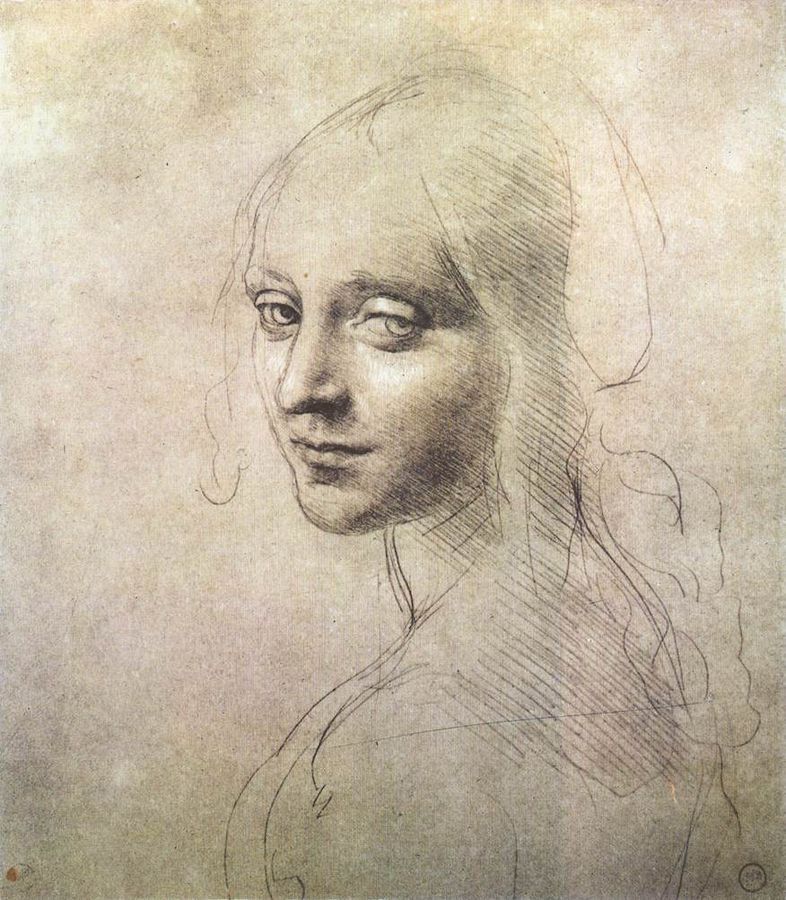In a period that has been over-busy with the other side of art - matting, framing and preparing for exhibitions - life drawing was a welcome break, albeit for only three precious hours.
A fellow artist was talking to me during one of the brief breaks to let the model remember his limbs existed. We were talking about the humbling but ever-necessary discipline of looking, looking and looking, to teach one's hand to trust one's eye in the drawing process. The conversation then moved on to the ever-interesting necessity often faced in life drawing: reconciling the slight changes in pose that even the best model has during the session.
In short poses, it does not matter. For those, the challenge is more to analyse quickly the pose and sort out how to tackle understanding the arms and legs being - often - in somewhat strange positions and how to depict the figure. that can sometimes be very challenging, particularly if there is a lot of foreshortening on limbs relative to where the artist is placed.
During longer poses, models settle into a position but then may tire, slump, move slightly... Depending where one is in the drawing process, these changes can be hard to reconcile. Nonetheless, as my fellow artist remarked, even the evident changes in the drawing make for a much more vibrant and alive work, as compared with the "perfect" work done when someone is drawing from a photograph. In fact, redrawn lines, correcting and modifying the drawing, are frequently a source of strength and interest in a work.
Silverpoint, of course, is one of the least forgiving drawing media for these modifications and corrections, because every alteration shows and nothing can be erased. Yet here again, it can strengthen the image. Two works from some of the greatest silverpoint draughtsmen during the Renaissance illustrate this point. Below is a hauntingly beautiful study Leonardo da Vinci drew. Look at the reiteration of lines on the left side of the neck. They strengthen the impression of solid support for the detailed face and head, adding stability and emphasis.
Head of a girl, Loenardo da Vinci, c.1483, Silverpoint On Paper, (Image courtesy of Biblioteca Reale, Turin, Italy)
Likewise, Standing Youth with his hands behind his back, and seated Youth Reading has many lines which are repeated and altered as he readjusted the contours of both youths' arms, for instance, and even the seated youth's knee is redrawn, with felicitous emphasis.
Standing Youth with his hands behind his back, and seated Youth Reading, Metalpoint, highlighted with white gouache, on pink prepared paper (recto), 1457/58–1504, Filippino Lippi (Image courtesy of the Metropolitan Museum, New York)
Such works make me feel much better about corrections I make when I am drawing from life, whether it is from models or from something in nature. Today's emphasis on "perfection" - reaching for the eraser, or copying almost slavishly from a photo, can often vitiate a drawing.
None of us is perfect, so why should we expect works of art to be any different?

